The Best Fast Chargers for your Android Smartphone or iPhone in 2024
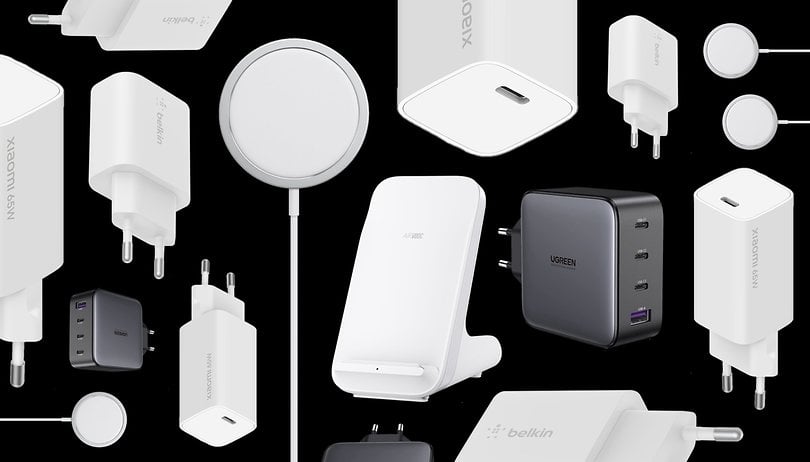
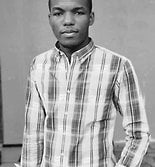
Almost all smartphones offer fast charging. But more and more models are being sold without an in-box charger. We've compared today's best USB-C fast chargers. Find out which charger you need for your Samsung smartphone, Xiaomi, or iPhone.
The best smartphone fast chargers
| iPhone suggestion | Android suggestion | Universal USB-C charger | Compact travel charger | MagSafe charger | Wireless charger | |
|---|---|---|---|---|---|---|
| Product |
Belkin BoostCharge 25 W
|
Anker Prime Chargeur USB-C 100 W GaN
|
Apple MagSafe Charger
|
OnePlus 50 W Wireless Charger
|
||
| Picture |  |
 |
 |
 |
 |
|
| Features |
|
|
|
|
|
|
| Compatibility |
|
|
|
|
|
|
| Output power |
|
|
|
|
|
|
| Deals* |
|
|
|
|
|
How to choose the right charger for your smartphone?
Not all smartphones charge at the same speed. And not all chargers deliver the same power. Some manufacturers, like Xiaomi, also have their own charging technology that only works with their own chargers.
Does fast charging damage your smartphone?
It's a never-ending debate that doesn't really apply in 2024. No, fast charging itself doesn't really damage your smartphone or its battery.
Smartphone batteries, like most other lithium-ion batteries, have two layers. One is made of lithium cobalt oxide and the other of graphite. When lithium ions pass from the graphite layer to the cobalt-lithium layer through an electrolyte solution, electrons are released. When you recharge the battery, the ions flow back in the other direction and are stored to be released later, when you power up and use your device.
This energy release is what heats up your smartphone when you plug it in. And that's what can potentially damage it. But it also happens if you leave your phone in direct sunlight for too long. But not only have batteries evolved a lot, so have smartphones and chargers.
There are sensors in smartphones and chargers that monitor temperature. Smartphones can also vary the "power" they draw from the charger throughout the charging cycle. And most smartphones also learn from your usage, adapting the charging according to how you use your phone.
- Find out more about the effects of fast charging on your smartphone
What is the maximum charging power supported by your smartphone?
We've summarized the main recharging technologies from different manufacturers for you in the following table, along with the maximum power supported:
| Apple | Samsung | Xiaomi | OnePlus | Motorola | ||
|---|---|---|---|---|---|---|
| Charging technology | - | Super Fast Charging | HyperCharge | SuperVOOC | TurboPower | - |
| Maximum power | 20 W | 45 W | 120 W | 100 W | 68 W | 30 W |
| Current | 5 A | 2.1 | 2.25 A | 2.8 A | 3 A | 4.05 A | 3 A | 6 A | 3 A | 5 A | 9,1 A | 3 A | 3,4 A | 6,2 A | 1.5 A | 2A | 3 A |
| Output voltage | 120 V | 9 V | 15 V | 20 V | 21 V | 5V | 9 V | 11V | 17 V | 20 V | 5 V | 10 V |11 V | 20 V | 3 V | 9V | 11V | 15 V | 20 V | 5 V | 9 V | 11 V | 15 V | 20 V | 21 V |
With the development of proprietary charging technologies has come the problem of charger compatibility. Basically, you can only charge your Xiaomi 14 Ultra at 120W with the HyperCharge 120 charger. But with a third-party charger from another brand, you'll be restricted and won't get the maximum charging power your smartphone can handle. It will therefore charge more slowly.
Quick Charge, Power Delivery, Magsafe, what charging protocols does your smartphone support?
There are two main charging standards: USB Power Delivery and Qualcomm Quick Charge. The table below shows the main features of these standards (the figures below are theoretical maximums):
| USB Power-Delivery 3.1 | Quick Charge 5 | |
|---|---|---|
| Voltage | 48 V | 20 V |
| Current | 5 A | 5 A |
| Max. power | 240 W | 100 W |
Your smartphone supports at least one of these two protocols. This is particularly good to know, especially if your smartphone has proprietary charging technology that only works with a specific charger and cable. At least, if you're going to use an unofficial charger, you know how much power you can get out of it.
The PPS standard
PPS, or Programmable Power Supply, is a feature of the USB PD charging protocol. In general, a PD 3 USB charger can maintain fixed voltages of 5, 9, 12, 15, and 20 volts with a current of 3 amps, for example.
Your smartphone can vary the power it requires from your charger by choosing from one of the above values. With PPS, it can choose a value other than the fixed values proposed by the charger for more efficient (not more powerful) recharging. Basically, it simply allows the power demand to be adjusted more precisely.
What is a GaN charger?
A GaN charger is a charger made from gallium nitride (GaN, as it is chemically known). GaN technology reduces heat generation in the fast-charging process. It also makes chargers physically smaller, more powerful, and safer.
GaN chargers are gradually replacing silicon chargers. They require fewer components, support higher voltages, and can power a variety of USB-C devices such as your smartphones, laptops, tablet headphones, etc.
Is a multi-port charger really necessary?
Multi-port chargers don't deliver the same power through all their ports at the same time. The more devices you plug into them, the more the power delivered to each of them will be divided and therefore less important. Take a look at the table we drew up for our test of the Ugreen Nexode Robot GaN 65W.
| USB-C 1 | USB-C 2 | USB-A | |
|---|---|---|---|
| 1 port used | 65W | - | - |
| - | 30W | - | |
| - | - | 22,5W | |
| 2 ports used | 45W | 20W | - |
| 45W | - | 18W | |
| - | 7,5W | 7,5W | |
| 3 ports used | 45W | 7,5W | 7,5W |
To be comfortable charging several devices at the same time, and especially power-hungry devices like your laptop, I recommend you opt for a charger with at least 65 or even 100 W.
The best fast charger for iPhone: Belkin BoostCharge 25 W
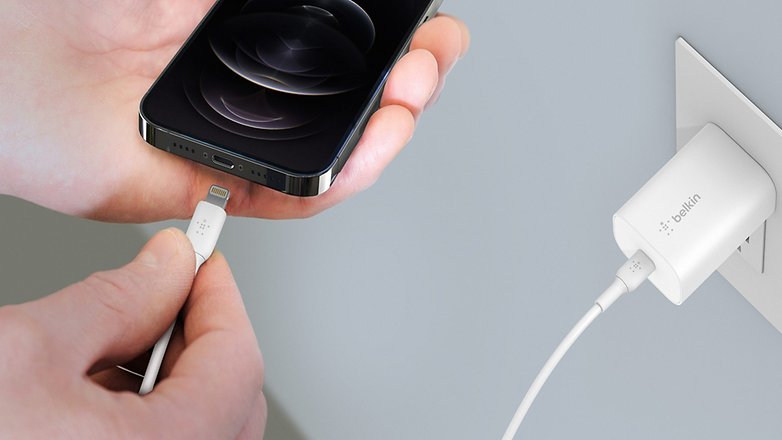
Our pick for the best fast charger for your iPhone is the Belkin BoostCharge 25 W. This fairly compact charger will let you take advantage of your iPhone's maximum charging power.
It is compatible with the USB-C Power Delivery 3.0 standard and offers optimized charging to all compatible devices by dynamically providing the best possible voltage and adequate charging power.
The best Samsung and Xiaomi fast charger: Anker Prime USB-C Charger 100 W GaN
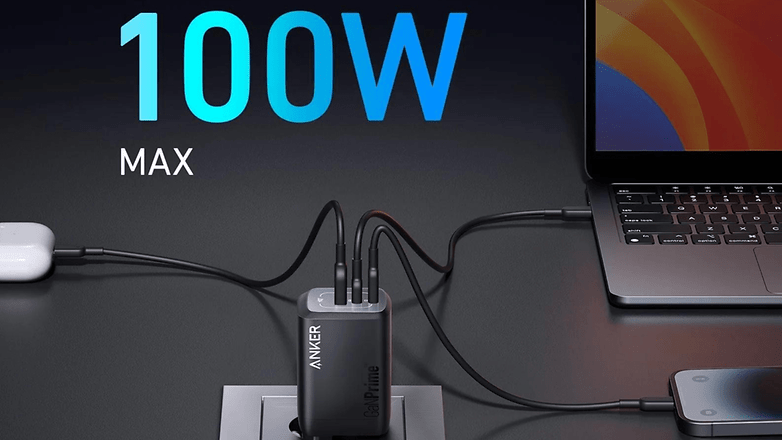
The Anker Prime Charger USB-C 100 W GaN is, as its name suggests, a 100 W charger that is perfect for charging your Samsung, Xiaomi, Oppo, OnePlus, Realme, or other smartphone. It's powerful enough to recharge your smartphone very quickly and has the advantage of GaN technology, which means the charger isn't too massive for its power while improving power conversion.
The best universal USB-C fast charger: Ugreen Nexode 300W Charger
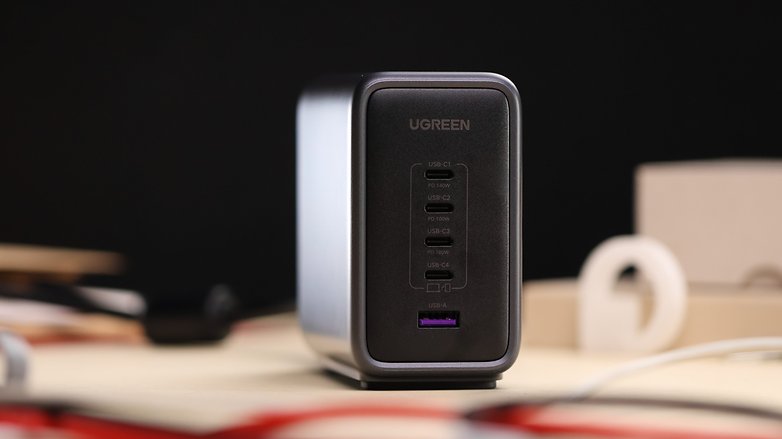
Are you looking for an all-purpose charger capable of charging your numerous devices? The Ugreen Nexode 300 W is an ultra-powerful multi-port GaN charger. This charger offers 5 ports with 300 W of power, including one port at 140 W charging.
Despite its weight and size, it is capable of simultaneously recharging four laptops and offers good heat management. Its expensive $269.99 price tag is justified by its build quality. The Nexode 300 W is ideal for those who need to charge multiple devices quickly and efficiently.
Good
- USB PD 140W support
- Excellent build quality
- Good thermal management
- Handled four laptops with no issues
Bad
- Not cheap
- Heavy and bulky
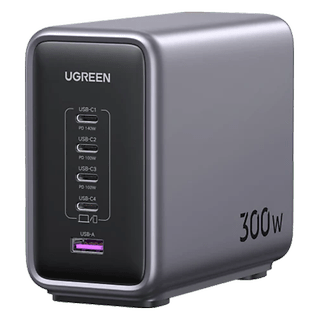
The best compact charger: Ugreen Nexode Robot GaN 65 W
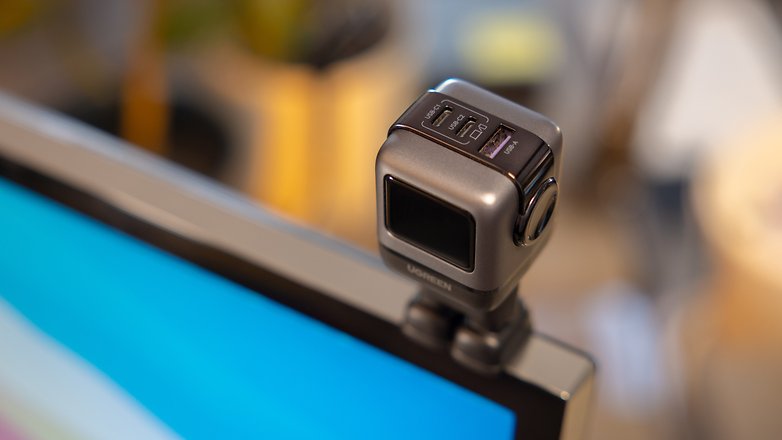
The Ugreen Nexode Robot GaN 65W is a cute, compact USB charger with a little face that indicates your device's charging level. It has three USB ports and can charge up to three devices simultaneously at a maximum power of 65 W.
The design is original, with practical magnetic feet for its storage. It should be noted, however, that the 65 W charging speed is limited to a single port with a single device, and the LED screen is always on, which can be annoying at night.
Good
- Cute, compact design
- Practical magnetic feet
- GaN technology
- 65 W max output
- 3 USB ports
Bad
- 65 W limited to a single port with a single device
- LED display is always on
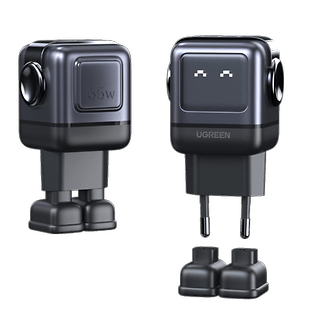
The best MagSafe charger for iPhone: Apple MagSafe charger
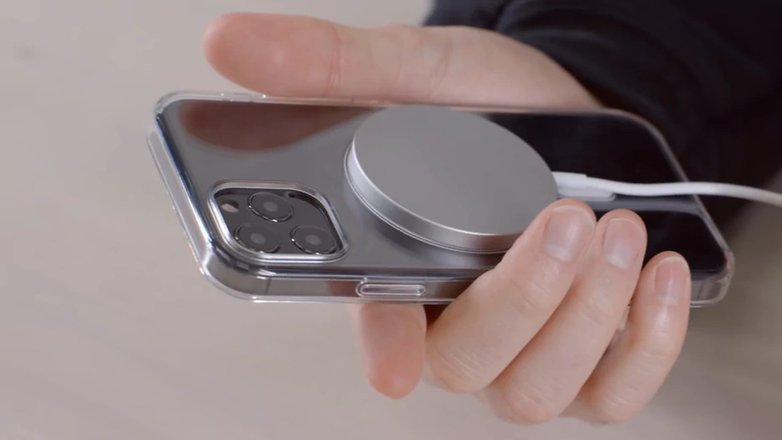
Its simplicity and design convinced the editors of nextpit. The MagSafe charger is obviously the most stylish and useful desktop accessory. As well as being able to charge and magnetize your iPhone 12, iPhone 13, iPhone 14, iPhone 15 and AirPods, this MagsSafe charger is compatible with other mobiles such as the Google Pixel 8/ Pixel 8 Pro, Xiaomi 14 Ultra, Galaxy S24, OnePlus 12 Pro and many others. Apple's charger will not, however, be able to attach to these Android smartphones.
The best wireless charger: OnePlus 50 W Wireless Charger

We've also thought about those of you who like to have the freedom of using your smartphone without being tethered while it's charging. The OnePlus 50 W Wireless Charger 50W is among the best wireless chargers available on the market. It enables you to enjoy fast wireless charging of a compatible smartphone, to charge even with a thick protective case, and also to place the smartphone in portrait or landscape mode.
This charger is not exclusive to just OnePlus smartphones. It's true that the ultra-fast 50W charge is reserved for the brand's smartphones, but you'll be able to charge your smartphone at 12W via the Qi standard without any issues.
That's all for our selection of the best fast chargers for your smartphone. Did you find this selection useful? Do you have any other suggestions? If so, please share them in the comments.
Article updated in May 2024 with review impressions and additional suggestions.
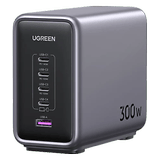
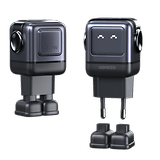
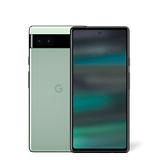
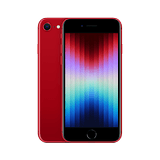
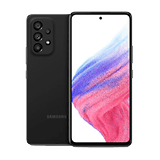
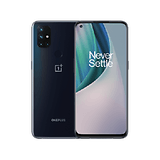
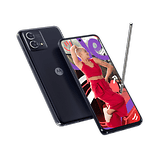
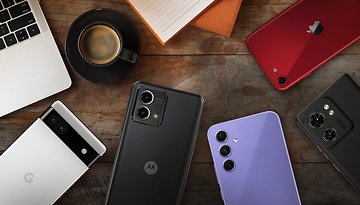
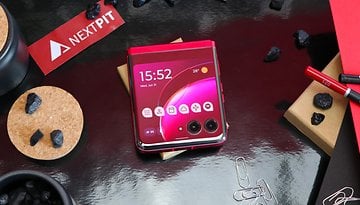
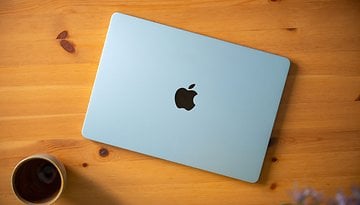
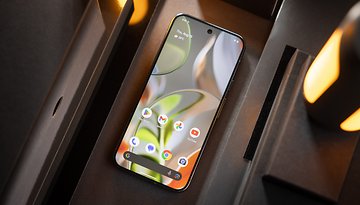
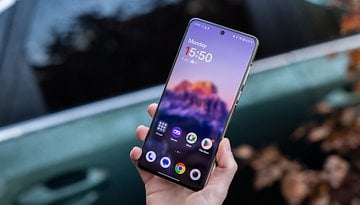


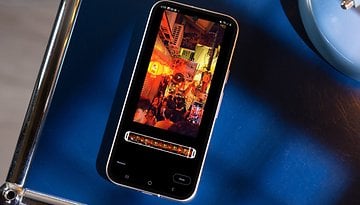
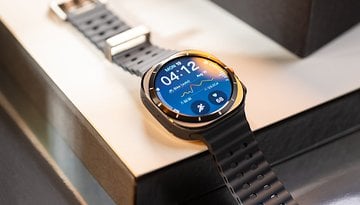



You really shouldn't be recommending anything that isn't multiport. Limited outlets, unlimited device count. Phone, tablet, headphones, batterypack, medical device, smartpen, dedicated camera, laptop, mouse... Plus your spouse, kids and there just aren't enough outlets in that hotel room.